
Channel Islands: A Tale of Two Worlds

Channel Islands National Park is one of the least visited national parks in the United States, yet it is only about 20 miles from the coast of Los Angeles and the bustling surf and sand lifestyle of Southern California.
The namesake Santa Barbara Channel is a bar of entry, a deep passage for whales, dolphins, sharks, and boats of all sizes, from the leisure sailboat to the massive shipping liners.
When you cross the channel, it feels like you’ve arrived in another world. Massive cliffs rise above the Pacific Ocean unencumbered by the impacts of humans the way much of mainland California’s southern coast has become. The island fox abounds in its stunning recovery from the brink of extinction, scrub jays call out, and bald eagles soar overhead. There are no restaurants, bars, or hotels. Just a campground, minimal access to drinking water, and well-kept outhouses.
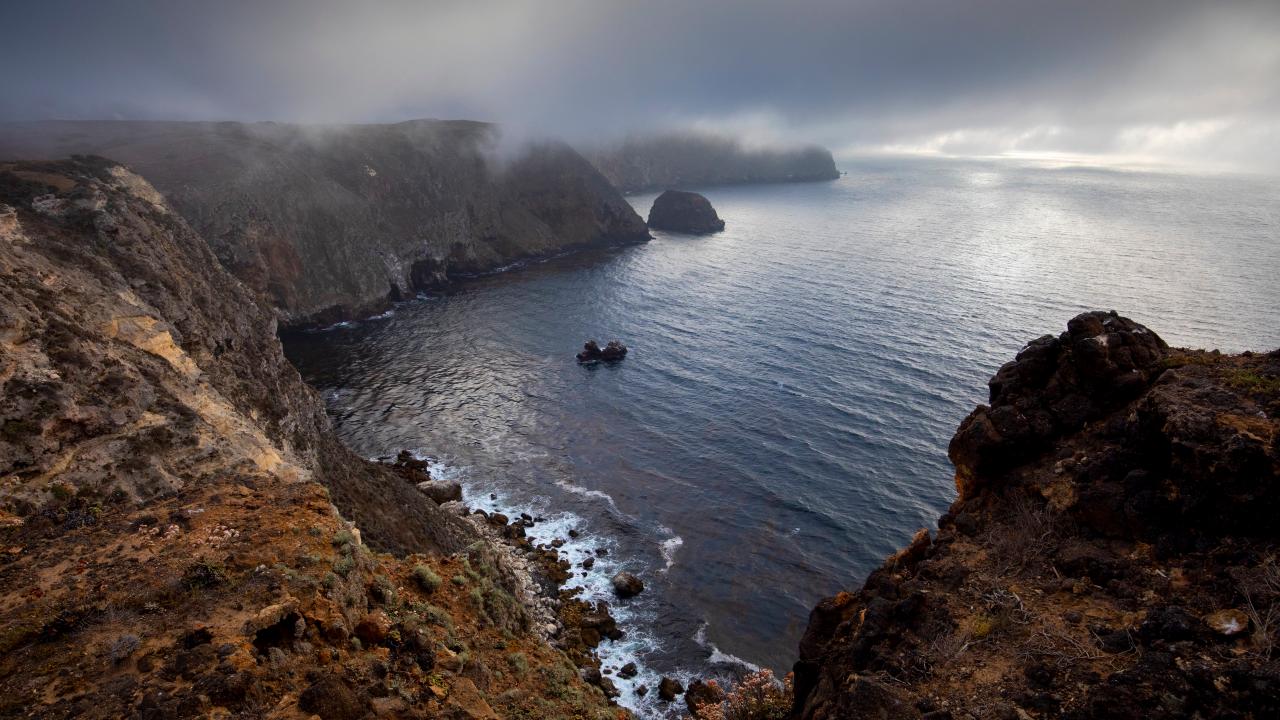
It is easy to focus on the islands themselves, but there is another side to the story of these islands. The surrounding waters are a marine sanctuary. It is a protected watery version of the land masses themselves, teaming with life. To understand Channel Islands National Park, you must not only know the islands, but also the waters upon which this delicate ecosystem is connected to.
Channel Islands National Marine Sanctuary protects 1,470 square miles of ocean waters around each of the five islands in the parks. They are a special place for endangered species, sensitive habitats, cultural resources, and ongoing conservation efforts. On my most recent trip, I explored the kelp forests which surround many of the islands, and always offer new surprises, with this trip being no exception. While on an evening snorkel on Santa Cruz Island, a playful and curious harbor seal decided to try and figure out what this finned creature with a camera was all about…and it was an astonishing close encounter.
The Channel Islands in Photos 11 Photos
Channel Islands National Park is less than 30 miles from the coast of Los Angeles but feels like a whole new world. The five islands in the parks are a special place for endangered species, sensitive habitats, cultural resources, and ongoing conservation efforts. Join nature photographer Ian Shive on a tour through this mysterious and beautiful place above and below water on Nature in Focus.
Watch the latest episode of Nature in Focus and explore this mysterious and beautiful underwater forest with me, and experience one of my favorite national parks in the country!









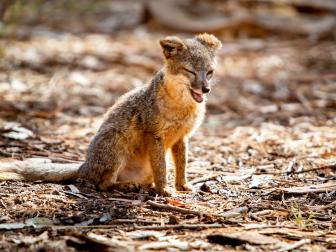

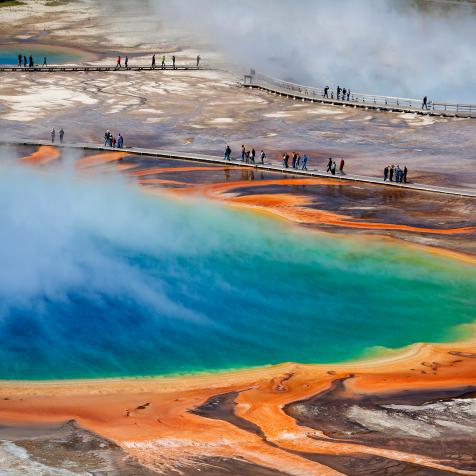
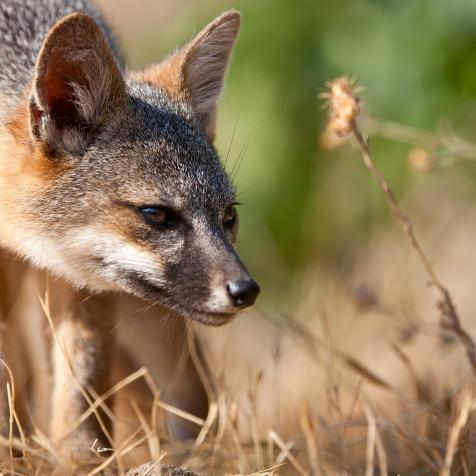



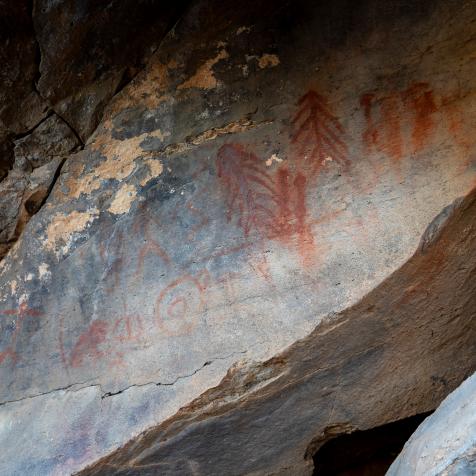
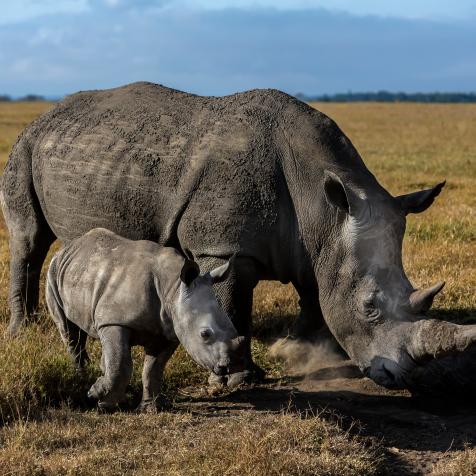
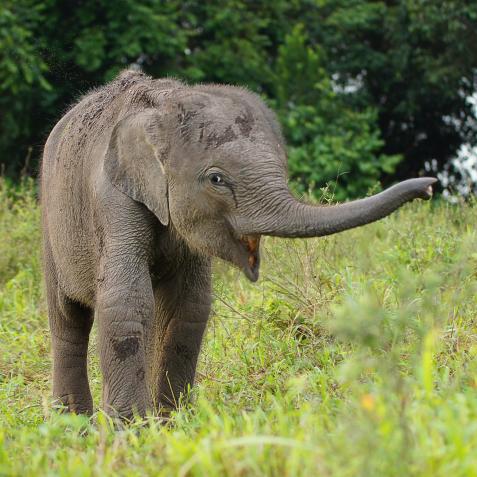
.jpg.rend.hgtvcom.476.476.suffix/1635892481978.jpeg)